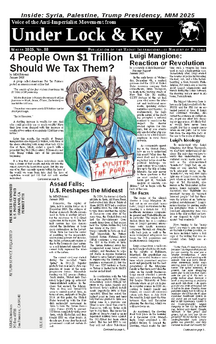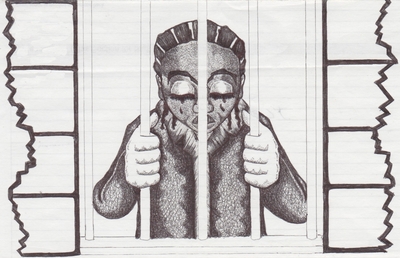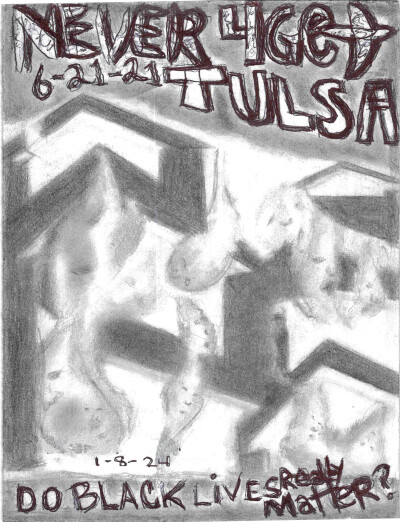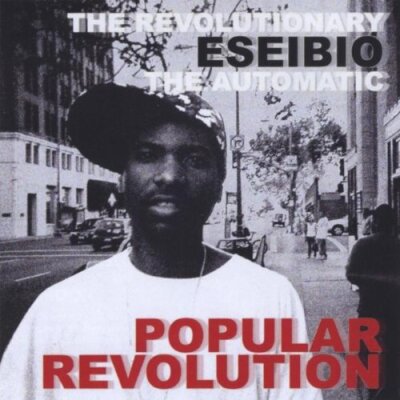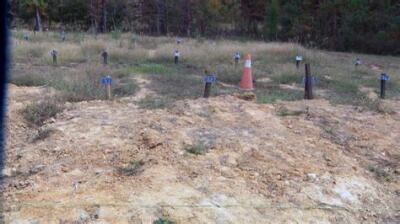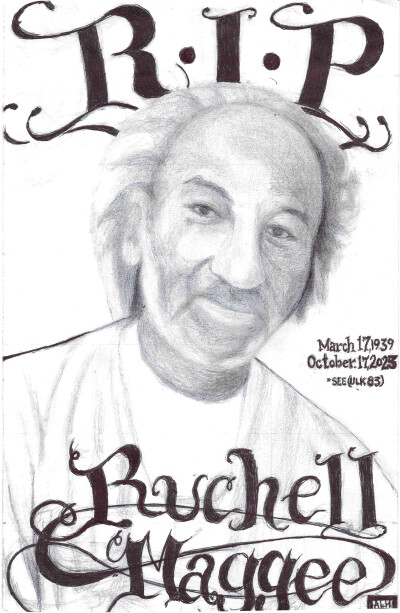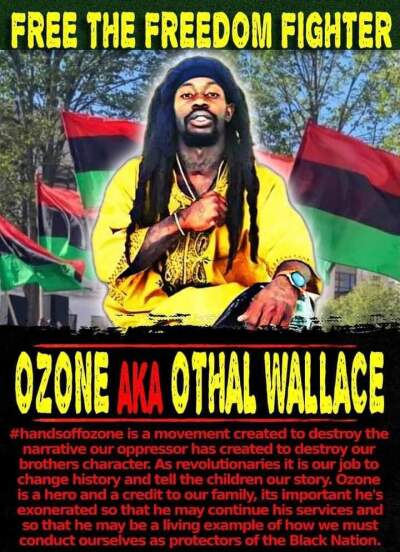
Free Your Voice! Student Activism in Baltimore Shows the Way

They say the best way to hide something is to put it in plain sight. Student-led activism in the majority New Afrikan populated area of South Baltimore has rendered this old saying no longer true. For about ninety years corporate coal companies and the city government have allowed and perpetuated landfills, and literal mountains of coal being piled up in plain sight in residential areas, and even directly behind rec centers with playgrounds and children.
For the last 100 years, coal has been brought into the port city of Baltimore by the freight transportation company CSX. In data derived from 2021, it was found that CSX transported more than 8 million tons of coal into South Baltimore, where the coal is then transported all over the world. Freight trains coming through the Baltimore transport terminal with coal on them spill black coal dust throughout South Baltimore and pollute the air.
Pollution is so outrageous in this predominately New Afrikan community that the number one cause of death is respiratory related issues. The death rate from respiratory disease in South Baltimore is more than twice the rate for Baltimore as a whole. Respiratory disease is killing more people in this section of the city than diabetes, drugs, or gun violence. A staggering 90% of youth from the area suffer from different degrees of asthma, which has been causing chronic death.
What is by now very obvious to anyone is that coal and other pollutants should not be in residential areas, but the fact that they are and have been so carelessly handled for generations now, in a predominately New Afrikan section of a predominantly New Afrikan city, illustrates major contradictions of the national oppression of so-called Black people, and Our neo-colonial relationship to the empire and certain classes within Our collective body-politic.
It is under this back drop that a youth organization was founded in 2011 at the local Benjamin Franklin High School, called Free Your Voice. In 2011 the Free Your Voice student-activists were fighting, and eventually defeated an effort to build a waste incinerator in South Baltimore. The incinerator would’ve burned tons of trash and waste, and released pollution, as well as converted electricity from the burned waste.
Today, Free Your Voice is still active and continues to replenish its pool of student-activists. Now however, the struggle with CSX and city and state officials is much more daunting. Free Your Voice and supporters from the community and local colleges have set out to get the state’s environmental regulators to deny CSX’s operations permit on the transport terminal and pay residents of South Baltimore reparations for generations of ‘environmental racism’ (Genocide).
These efforts have been hampered by what some deem as betrayal by the first ‘Black’ top environmental regulator in Maryland and her declaration that she and her agency know it’s coal and coal dust found on streets and public areas but can not act without actual proof of the identity of the substance.
Laws against air pollution are written so that oppressed and vulnerable masses of people are at severe disadvantage and would in most circumstances be dependent upon state agencies, who are in cahoots with big industrialists, to gather and test substances in question. People have to prove they’ve been or are being poisoned by specific substances before regulators can take action.
Students from Free Your Voice along with local college volunteers spent the summer of 2023 collecting and testing particles of dust found in the S. B-More area. They have and continue to go door-to-door spreading the findings of their research with the general community. Thus far, although the terminal has not been shut down and the mountains of coal still reside behind rec centers and playgrounds, Free Your Voice has achieved quantitative victories.
The student-activists’ work thus far has:
Made it harder for city officials, state politicians, and local residents to ignore their oppression;
They’ve won over neighbors to their work, elevated consciousness around air pollution and the complicity of the occupying government in environmental destruction;
They’ve garnered meetings with state regulators, and the fact that the head of the environmental regulation agency in Maryland is a ‘Black’ female, has elevated the class consciousness and the reality of the New Afrikan National neo-colonial status;
The aspirations of their movement have risen. From slight reforms like covering or pouring water on coal mountains in the ghetto, to now, aspiring to remove or shut down the train terminal.
The continuing work of Our young people is not only there to be acknowledged and supported, but more importantly in the long run there are lessons to be learned from this particular student movement. I’ll touch on some of them briefly here.
For one, while it is widely known that almost all previous moments in the generational struggle of New Afrikan people the student movement was the brain trust, and the heart of the struggle. We often fail to make the connection that these previous students were so successful in galvanizing people and nationalizing their structures because they championed causes that had nothing to do with school or education. The Free Your Voice Movement in S.B-More has connected the youth movement with environmentalism, and those two things have unearthed class oppression and national oppression. Our students must make these same connections around the empire. What is the one thing that connects the student in B-More to the student in southside St. Louis, or San Francisco, or in Cancer Alley Louisiana, or Jackson, Mississippi, or Flint, Michigan? It’s environmental issues. The organizing method We should take at organizing the student movement in the spirit of New Afrikan Revolutionary Nationalism (NARN) is to connect environmentalism with student activism and revolutionary nationalism.
What also struck me in my research of this issue and struggle was the fact that college students and former students of Franklin High School have continued to come back and aid and assist in the struggle there.
The college level student with a NARN orientation must make their presence and ideological-theoretical prowess available at the sites of active student movements. In these times of social media, student activists from each of the previously mentioned cities and others can and should be in direct communication, and NARN’s must take proactive steps to influence the direction of the student movement, nationalizing it and moving it in the direction illuminated by the Front for the Liberation of the New Afrikan Nation (FROLINAN)’s Programs For Decolonization, while also incorporating environmental and climate related concerns to the FROLINAN program for National Alliance of New Afrikan Students. If implemented by youthful NARN, i believe We can succeed in building a NARN centered national youth movement.
